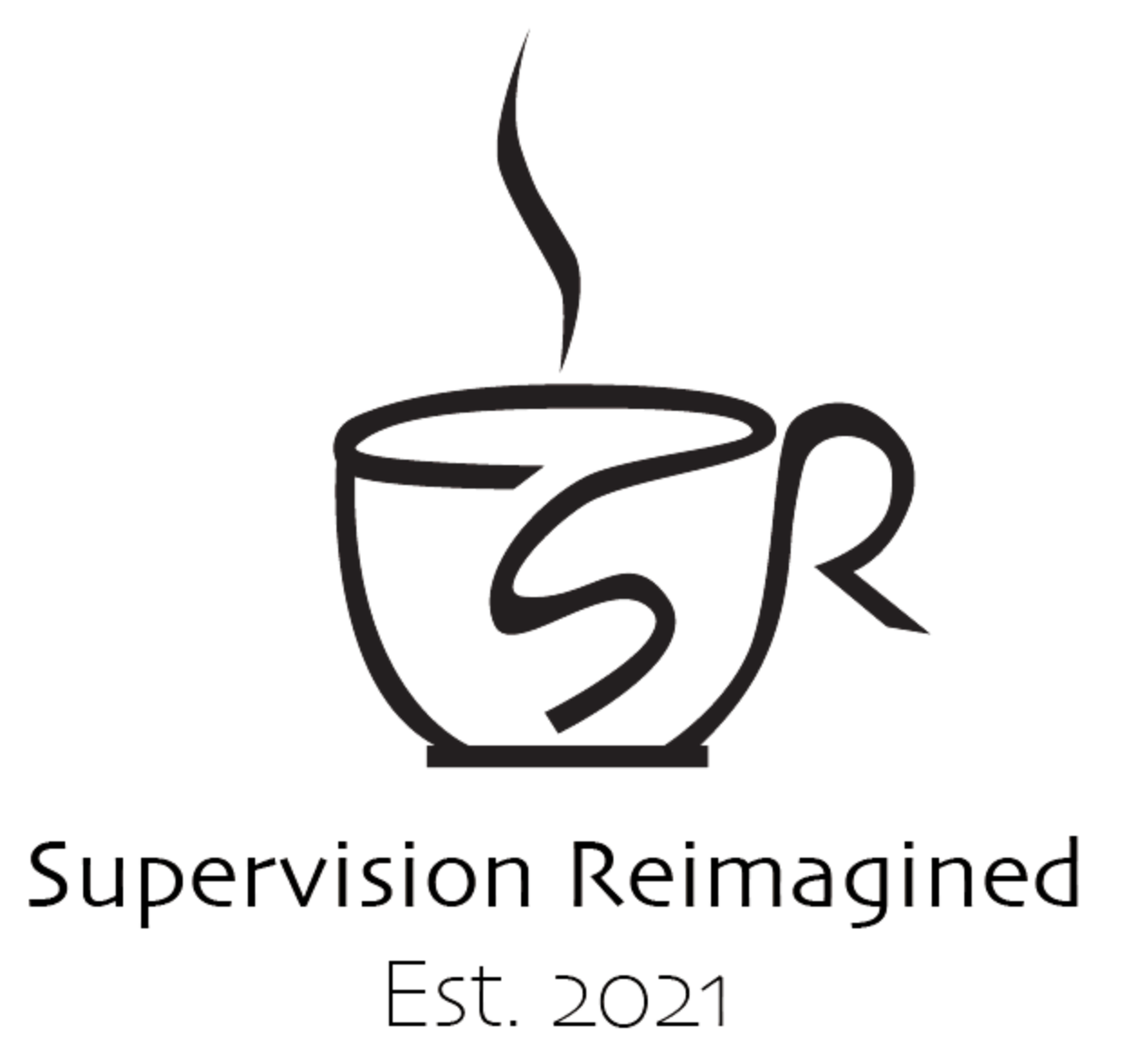
FAQ
What are the problems we are trying to solve?
Fieldwork is not standardized and therefore cannot reliably create prepared BCBAs (Kazemi, Rice & Adzhyan, 2019)
Requirements of fieldwork and models for sustainable business practices are not well aligned: there is a lower response requirement for organizations to provide low-quality supervision
Related to funders and funding sources. There is a long way to increase the stability of funding sources as a separate issue.
Why are these problems?
BCBAs have more than doubled since 2016. There were 22,000 BCBAs in 2016 and presently there are 48,000 (BACB, 2021).
Demand for BCBAs doubled from 2012 to 2014 (Burning Glass Technologies, 2015). It is anticipated that this demand will continue to grow.
There are high rates of burnout correlated with low collegial support (Plantiveau, Dounavi & Javier Virues-Ortega)
Supervision processes affect client outcomes (Sellers, Valentino & LeBlanc, 2016)
Low-quality supervision is hypothesized to lead to poor outcomes for clients.
Ineffective practitioners perpetuate stereotypes for ABA as rote, robotic, or damaging (Leaf or Sellers citation)
Why is high quality fieldwork is necessary?
It is standard practice for human services fields (i.e. residency for medical professionals, student teaching placements) for applied and rigorously supervised work to be part of training.
ABA impacts the quality of life for clients: training practices must be rigorous and high-quality to preserve human rights and dignity.
The BACB has been promoting effective fieldwork practices by increasing fieldwork standards several times since 2012.
What are some components of a successful fieldwork model?
Creating sustainable business practices (Hartley, Courtney & Rosswurm, 2016)
Behavior flows where reinforcement goes – make it easy for companies to buy into high-quality fieldwork
Increase caseloads of BCBAs by ensuring fieldwork trainees are able to take on more responsibility with mentorship
Tie initial components of fieldwork to competencies required for direct care – kill two birds with one stone
Adhering to the science-practitioner model (Shawler et al 2016, Sidman, 2011)
Mentorship of soft skills as evidenced by changes from 4th edition task list to 5th edition task list
Focusing on skills necessary to perform the job within the identified scope (Garza, McGee, Schenk, Wiskirchen, 2018)
Identified as a priority by BACB who is creating subspeciality resources (https://www.bacb.com/about-behavior-analysis/)
Addresses task list as it relates to on-the-job responsibilities rather than sequentially or in isolation
Builds on existing recommendations including:
Contracts
Skills Assessments
Competencies
Feedback
Ongoing mentorship
What is our proposed model?
3-phase model that integrates all the components above
Phase 1: Fluency with direct-care/RBT role
Integrate initial staff training into fieldwork (organizational incentives)
Competencies within direct care role that are also necessary for their current assigned job
Improves client-organization relations by improving direct care staff training
Hypothesize that it would decrease turnover by providing support at a critical entry point
Allow organization to have a dedicated person to training as budgetary considerations allow which means BCBAs can remain client-focused
Phase 2: Single case exemplar: Clinically-based research project
Science-practitioner model: researching, identifying a problem, identifying potential solutions, designing a program/sequence/experiment, analyzing data, problem-solving
Teach soft skills in a microcosm of 1 small project: public speaking, staff training, parent communication, writing, humility
Ownership and accountability are powerful motivational tools: trainees are more likely to do work outside of their billable hours because they have ownership
Promotes dissemination and innovation within the field
Overseen by a seasoned BCBA within the organization
Phase 3: Generalization to BCBA-level tasks
Based on apprenticeship from Hartley, Courtney and Rosswurm, 2016
By the time a trainee gets to this level, they have a foundation of direct care and have experienced the other skills that are needed to be a BCBA in 1 example
Decreases variability in trainee competency to take on BCBA-level skills
Hartley, Courtney and Rosswurm have demonstrated the financial impacts of an apprenticeship model
Would like to further develop this point and develop a proposed business model but feel like we need to do more research here
Across all phases
Leadership and supervisory skill development for BCBAs
Utilization of Behavioral Skills Training
Contracts
Competencies tied to the current work
Check-ins and transitions between supervisors
Task list correlations
